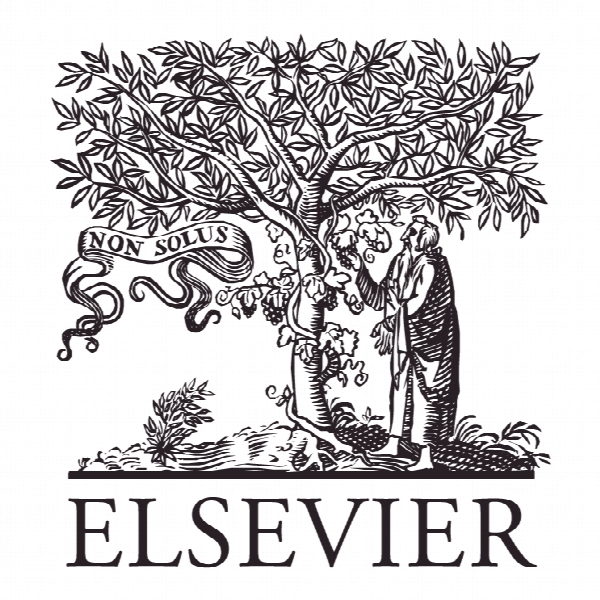بررسی نقش طراحی فروشگاه بر روی درک متقابل مصرف کنندگان از وفاداری به خرده فروشی Examining the role of store design on consumers’ cross-sectional perceptions of retail brand loyalty
- نوع فایل : کتاب
- زبان : انگلیسی
- ناشر : Elsevier
- چاپ و سال / کشور: 2018
توضیحات
رشته های مرتبط اقتصاد
گرایش های مرتبط اقتصاد پولی
مجله نقش طراحی فروشگاه بر درک متقابل مصرف کنندگان از وفاداری به خرده فروشی
دانشگاه School of Retail & Services Management – College of Business – Dublin Institute of Technology – Ireland
منتشر شده در نشریه الزویر
کلمات کلیدی نوآوری، پیچیدگی، طرح، مدل سازی معادلات ساختاری، قیمت، وفاداری نام تجاری خرده فروشی
گرایش های مرتبط اقتصاد پولی
مجله نقش طراحی فروشگاه بر درک متقابل مصرف کنندگان از وفاداری به خرده فروشی
دانشگاه School of Retail & Services Management – College of Business – Dublin Institute of Technology – Ireland
منتشر شده در نشریه الزویر
کلمات کلیدی نوآوری، پیچیدگی، طرح، مدل سازی معادلات ساختاری، قیمت، وفاداری نام تجاری خرده فروشی
Description
1. Introduction Studies have examined the role of store design in the development of successful store environments (e.g. Sharma and Stafford, 2000; Kumar and Kim, 2014; Oh et al., 2008; Baker et al., 1994; Wakefield and Baker, 1998; Baker Parasuraman et al., 2002; Garaus et al., 2015). Nevertheless, how, and to what extent, consumers’ brand preferences are affected by attractive designs remains limited in the extant literature (see, Landwehr et al., 2012; Landwehr et al., 2011). How does, for example, the introduction of novel or more complex store design affect consumers’ perceptions of an existing prototype? What degree of novelty and/or complexity does a newly introduced store prototype need to exhibit to affect consumers’ perceptions towards an established and familiar prototype? The study presented in this paper addresses such questions, and, to the best of the authors’ knowledge, it is the first to compare new and established store prototypes of the same retailer for this particular purpose. This paper addresses calls for studies of the store environment to progress beyond the employment of singular atmospheric variables, e.g. lighting, color, temperature, music (Eroglu and Machleit, 2008; Teller and Dennis, 2012). It also complements studies that examine the impacts of flagship stores on consumers’ retail brand perceptions based on offering novel experiences (e.g. Dolbec and Chetbat, 2013; Kozinets et al., 2002; Joy et al., 2014; Hollenbeck et al., 2008). Accordingly, the aims of this paper are twofold. First, to examine consumers’ perceptions of what constitutes novel and complex store design across two prototype generations of the same retailer. Second, to provide an improved managerial understanding of how novel design introductions effect differences in design pleasure and price perceptions. Consequently, this paper contributes to the extant store environments literature by examining, in a multi-group structural equations modeling study, if store design promotes design pleasure and price perception differences that in-turn help account for different perceptions of retail brand loyalty.


